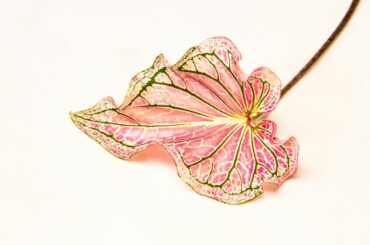Drought tolerant ground cover, a practical and eco-friendly solution that not only conserves water but also offers a myriad of benefits for your outdoor spaces.
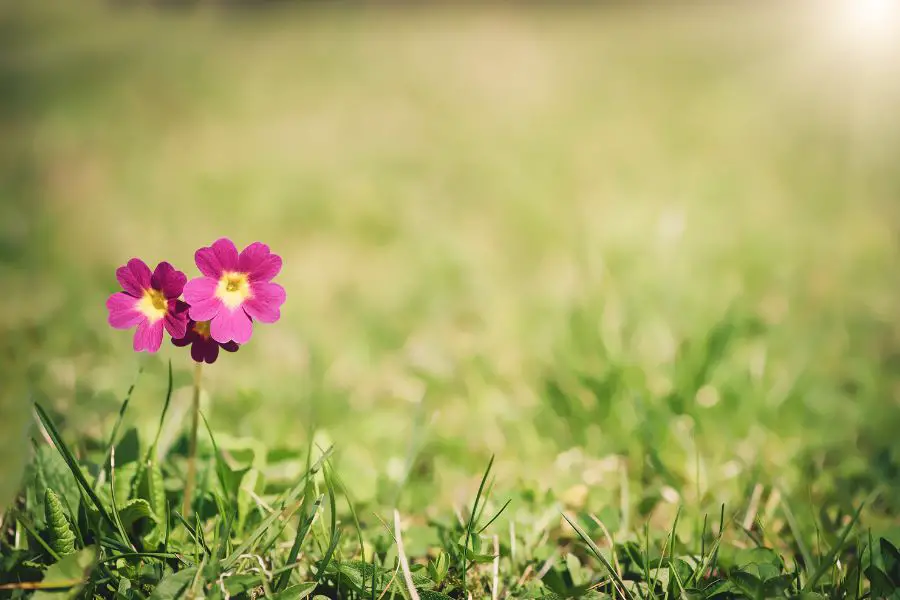
In the realm of landscaping and outdoor aesthetics, the concept of traditional, lush green lawns has long held a significant place. However, as environmental concerns and water scarcity issues continue to rise, the demand for sustainable alternatives to thirsty grass lawns has surged.
In this article, we delve into the world of drought-tolerant ground cover as a superior choice to replace grass, highlighting its key advantages, popular varieties, and tips for successful implementation.
Advantages of Drought Tolerant Ground Cover
Contents
1. Water Efficiency
One of the most compelling reasons to opt for drought-tolerant ground cover is its exceptional water efficiency.
Traditional lawns require copious amounts of water to maintain their vibrant green appearance, especially in arid regions.
Drought-tolerant ground cover, on the other hand, thrives with minimal water, making it an ideal choice for water-conscious homeowners and eco-minded individuals.
2. Low Maintenance
Maintaining a traditional grass lawn can be a time-consuming and labor-intensive task. Regular mowing, weeding, and fertilizing are essential for grass upkeep.
In contrast, drought-tolerant ground cover is low-maintenance, requiring significantly less care. This translates to reduced yard work and more leisure time for you.
3. Environmentally Friendly
Drought-tolerant ground cover contributes positively to the environment. Its ability to thrive with less water reduces the strain on local water resources, helping to combat water scarcity issues.
Additionally, it eliminates the need for harmful pesticides and fertilizers, promoting a healthier and more sustainable ecosystem in your backyard.
4. Variety of Aesthetics
When it comes to aesthetics, drought-tolerant ground cover offers a diverse range of options.
From creeping thyme to ornamental grasses, you can choose ground covers that align with your design preferences and create a visually appealing landscape.
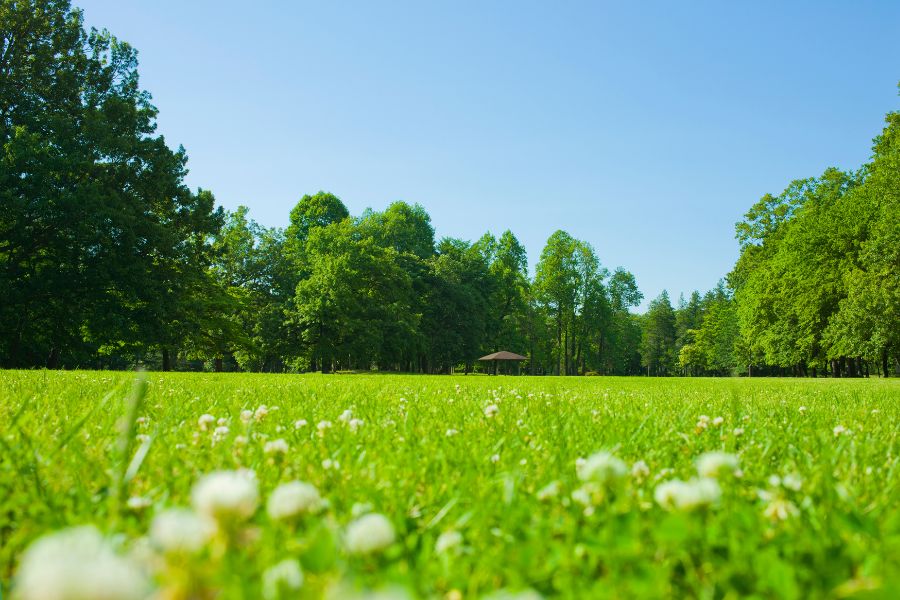
Popular Varieties of Drought Tolerant Ground Cover
1. Creeping Thyme (Thymus Serpyllum)
Creeping thyme is a popular choice for drought-tolerant ground cover, known for its fragrant leaves and vibrant purple blooms. This hardy perennial not only adds visual interest but also attracts pollinators to your garden.
2. Ice Plant (Delosperma Cooperi)
Ice plant is a succulent ground cover that features fleshy, jewel-toned foliage and daisy-like flowers. Its striking appearance and resilience make it a favorite among landscapers seeking a unique and drought-resistant option.
3. Blue Fescue Grass (Festuca Glauca)
Blue fescue grass is a cool-season ornamental grass known for its striking blue-gray foliage. Its fine texture and color contrast make it a stunning addition to any landscape, especially when planted in groups.
4. Sedum (Sedum spp.)
Sedums, also known as stonecrops, are a diverse group of succulent ground covers that come in various shapes and sizes.
They are known for their resilience in dry conditions and their ability to thrive in poor soil. Sedums offer a range of leaf colors and textures, making them a versatile choice for adding visual interest to your garden.
5. Woolly Thyme (Thymus pseudolanuginosus)
Woolly thyme is a charming ground cover known for its soft, fuzzy foliage. It forms a dense, evergreen mat of gray-green leaves and produces tiny pink or lavender flowers in the summer.
This variety is excellent for filling gaps in your garden and creating a unique texture.
6. Red Creeping Thyme (Thymus praecox ‘Coccineus’)
Red creeping thyme is a vibrant ground cover option that adds a splash of color to your landscape.
It features small, aromatic leaves and produces stunning red or magenta flowers in late spring and early summer. This variety is not only drought-tolerant but also attracts pollinators like bees and butterflies.
7. Creeping Jenny (Lysimachia nummularia)
Creeping Jenny, also known as moneywort, is a ground cover with bright green, cascading foliage that can provide a pop of color to your garden.
It thrives in moist to slightly dry conditions and is particularly well-suited for areas with partial shade.
8. Hens-and-Chicks (Sempervivum spp.)
Hens-and-chicks are charming succulent ground covers that form rosette-shaped clusters of leaves. They are exceptionally drought-resistant and require minimal care.
These hardy plants come in various colors and are a favorite for rock gardens and container gardening.
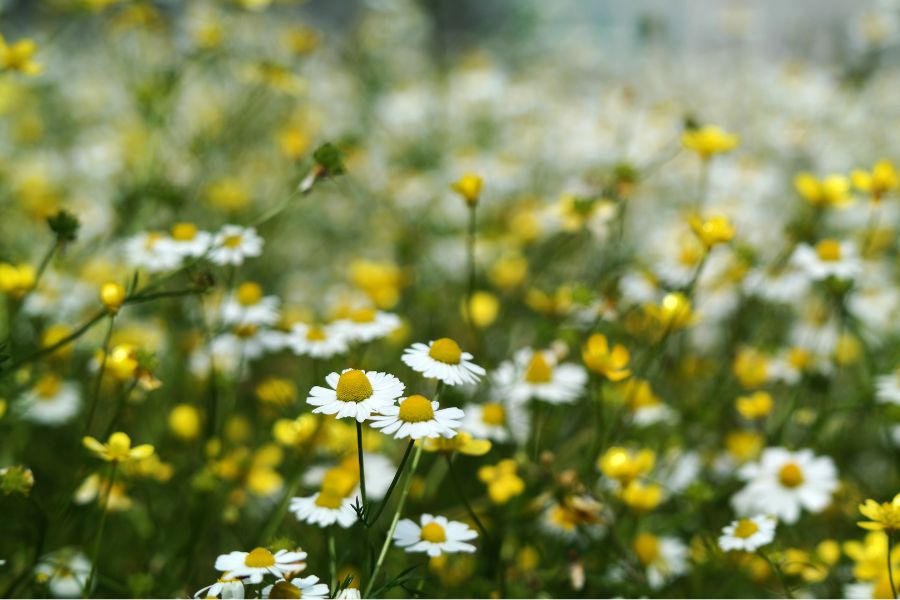
9. Lantana (Lantana camara)
Lantana is a vibrant flowering ground cover known for its clusters of tubular flowers in shades of red, orange, yellow, or pink.
It’s a great choice for sunny locations and is highly attractive to butterflies. Lantana is both drought-tolerant and heat-resistant, making it a reliable option for dry climates.
10. Irish Moss (Sagina subulata)
Irish moss is a ground-hugging, moss-like plant that forms a lush, emerald green carpet. It thrives in cool, moist conditions and is an excellent choice for shaded areas.
Despite its delicate appearance, Irish moss is surprisingly hardy and drought-resistant once established.
11. Yarrow (Achillea millefolium)
Yarrow is a versatile and hardy ground cover that features feathery, fern-like leaves and flat clusters of small, tightly packed flowers in various colors, including white, pink, and yellow.
This drought-resistant plant is known for its ability to attract beneficial pollinators like bees and butterflies. Yarrow thrives in well-drained soil and is an excellent choice for sunny areas of your garden.
12. Veronica (Veronica spp.)
Veronica, also known as speedwell, is a low-growing ground cover with spiky clusters of small, tubular flowers. It comes in a variety of species and cultivars, offering a range of flower colors, including blue, purple, and pink.
Veronica is adaptable to different soil types and is well-suited for both sunny and partially shaded locations. Its drought tolerance and beautiful blooms make it a sought-after choice for ground cover.
13. Winecups (Callirhoe involucrata)
Winecups, as the name suggests, produce charming cup-shaped flowers in shades of deep pink or purple.
This native wildflower forms a sprawling ground cover with lobed leaves and a long flowering period, attracting pollinators like bees.
Winecups are particularly suited for dry, sandy soils and can add a splash of color to xeriscapes and rock gardens.
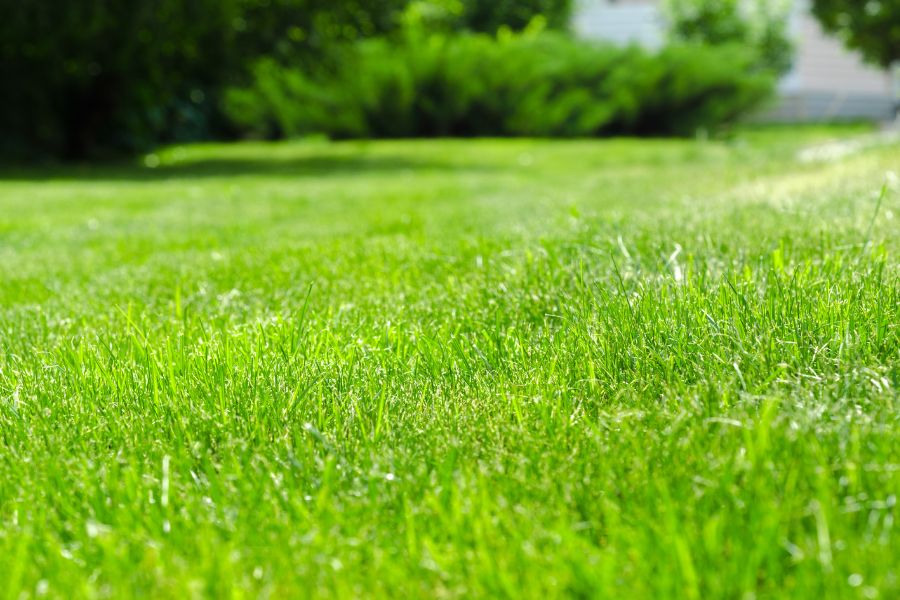
Tips for Successful Implementation
1. Choose the Right Variety
Selecting the right drought-tolerant ground cover is crucial for a successful lawn replacement. Consider factors such as your local climate, soil type, and aesthetic preferences when making your choice.
2. Proper Preparation
Before planting your chosen ground cover, ensure that the soil is adequately prepared. Remove weeds, improve soil drainage, and amend the soil as necessary to create an optimal environment for your chosen variety to thrive.
3. Adequate Watering Initially
While drought-tolerant ground cover requires less water once established, it’s essential to provide adequate moisture during the initial stages of growth. Water deeply and consistently until the plants are well-rooted.
4. Mulching
Applying a layer of organic mulch around your ground cover plants helps retain soil moisture, suppress weeds, and regulate soil temperature, further reducing the need for irrigation.
Conclusion
In the quest for a beautiful, environmentally friendly, and low-maintenance lawn, drought-tolerant ground cover emerges as a clear winner.
Its numerous advantages, diverse variety options, and ease of maintenance make it an attractive choice for homeowners looking to replace traditional grass lawns.
By embracing this sustainable landscaping solution, you not only save water but also contribute to a greener and healthier planet.
Read more: Navel vs Valencia Oranges: A Citrus Showdown


